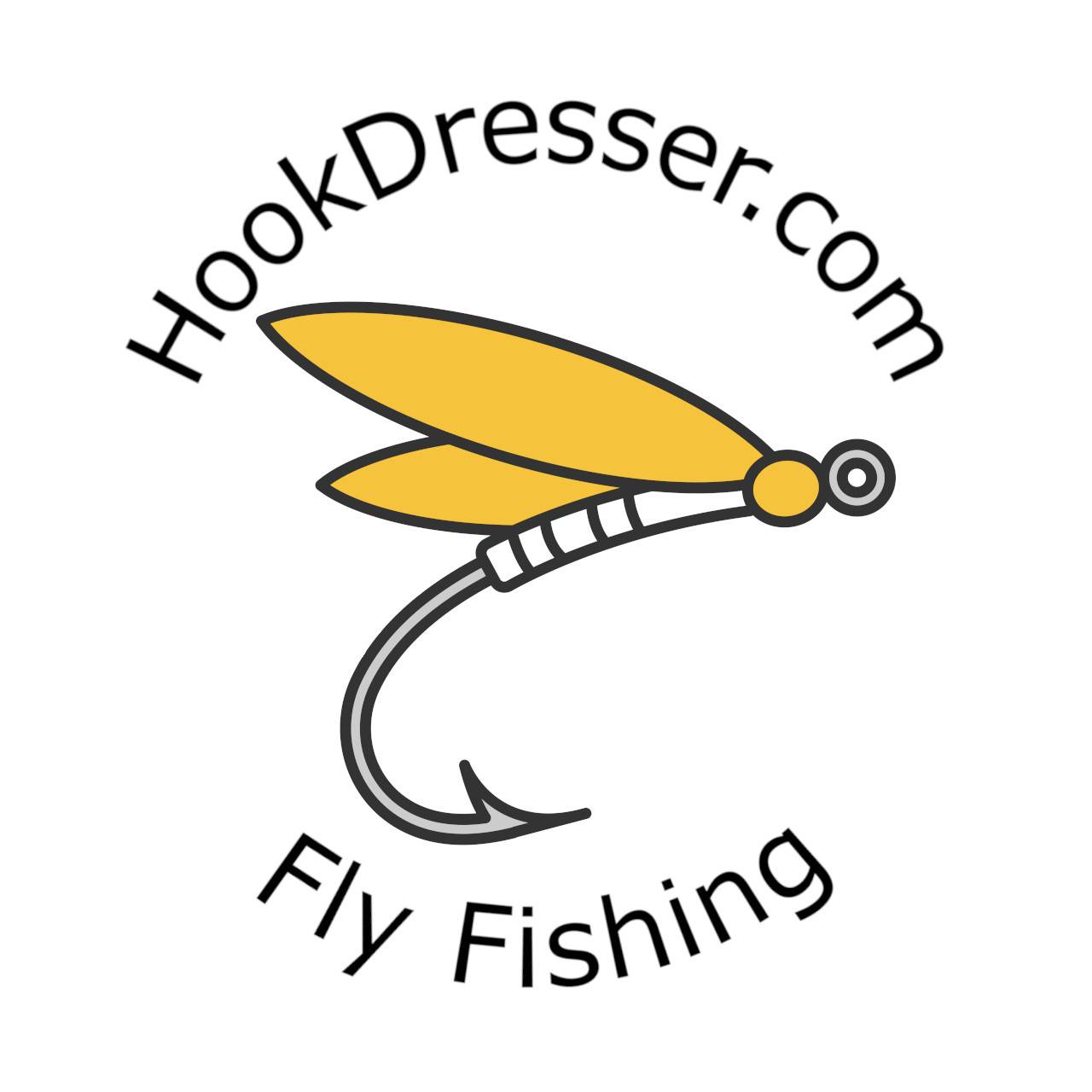Are you wondering what the difference between a hare’s ear nymph and a pheasant tail nymph is?
Perhaps, you are wondering when you should be fishing with a hare’s ear nymph rather than a PTN.
During the spring and summer months, nymph larva grow and undergo the process of metamorphosis. Nymphs make up an important part of the trout’s diet during these months.
As nymphs are readily eaten by trout. Nymph flies should make up an important part of any trout fly fisherman’s fly box.
Both hare’s ear and pheasant tail nymphs are important to have on a nymphing rig. Knowing the differences between the two nymphs and which one you should use and when to use it will help you to catch more fish.
In this article, I will go over the main differences between the pheasant tail nymph and the hare’s ear nymph. I will outline the main differences in tying the flies as well as the differences in fishing the PTNs and hare’s ear flies.
By the end of this article, you will know exactly when you should be using a hare’s ear nymph or a pheasant tail nymph.
Different Nymph Representations
One of the key differences between hare’s ear nymphs and pheasant tail nymphs is the nymphs they are imitating. Hare’s ears are used to represent “clinger nymphs” whereas PTNs are used to mimic swimming nymphs.
Clinging nymphs are bulkier than swimming, likewise in the tying of the two nymphs, a hare’s ear dubbed body will result in a bulkier fly that a pheasant tail body.
Hatching Nymphs
When nymphs are emerging into adulthood, I recommend using a hare’s ear nymph fly to accurately imitate the hatching nymphs.
As nymphs are hatching, they use an air bubble to lift them to the surface of the water.
Hare’s ear nymphs, represent an emerging nymph more accurately than a pheasant tail nymph as the dubbing holds more air bubbles underwater than the pheasant tail body.
The fizzing of the air bubbles underwater can help to attract fish to the fly.
An additional feature of nymphs tied with dubbing is that they sink slower than pheasant tail nymphs. This means they can be fished higher in the water column imitating hatching insects.
Differences in Tying the Nymphs
The pheasant tail nymph uses pheasant tail almost exclusively in the tying of the fly.
The tail, body, and wing case all use pheasant tail to make these parts of the fly while the thorax is typically made with peacock herl.
The hare’s ear nymph on the other hand, uses hare’s ear to make the body and thorax of the fly.
Differences in Fishing Hare’s Ear VS Pheasant Tail Nymphs
Hare’s ear nymphs mimic emerging nymphs which are found high in the water column. Hare’s ear nymphs are therefore best fished closer to the surface.
The dubbing used in the tying of the hare’s ear nymph also makes the nymph sink more slowly than the pheasant tail nymph.
Pheasant tail nymphs imitate swimming nymphs. PTNs are more streamlined in their tying and sink more quickly.
As they represent swimming nymphs, PTNs should be fished closer to the bottom of the water body where swimming nymphs are likely to be found by feeding fish.
